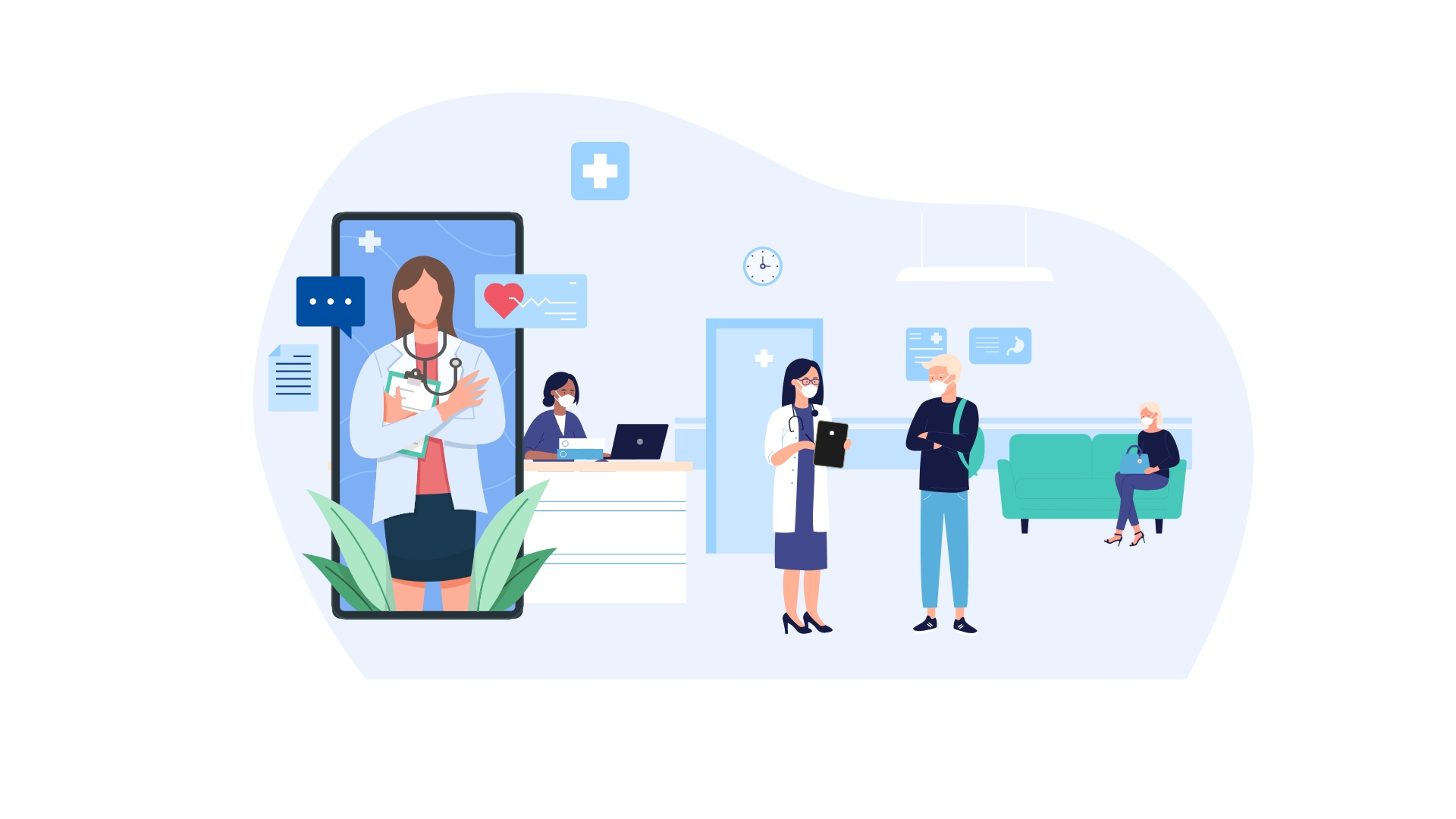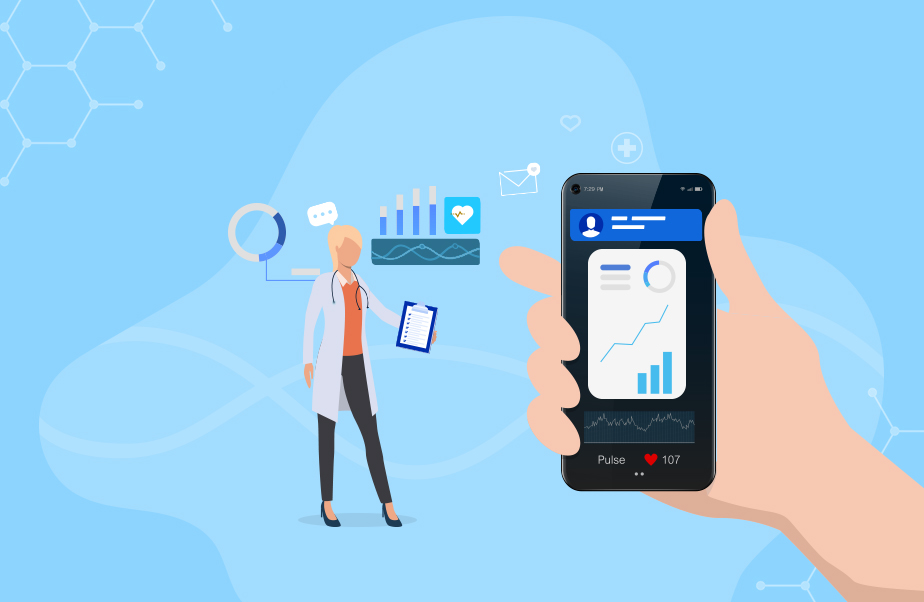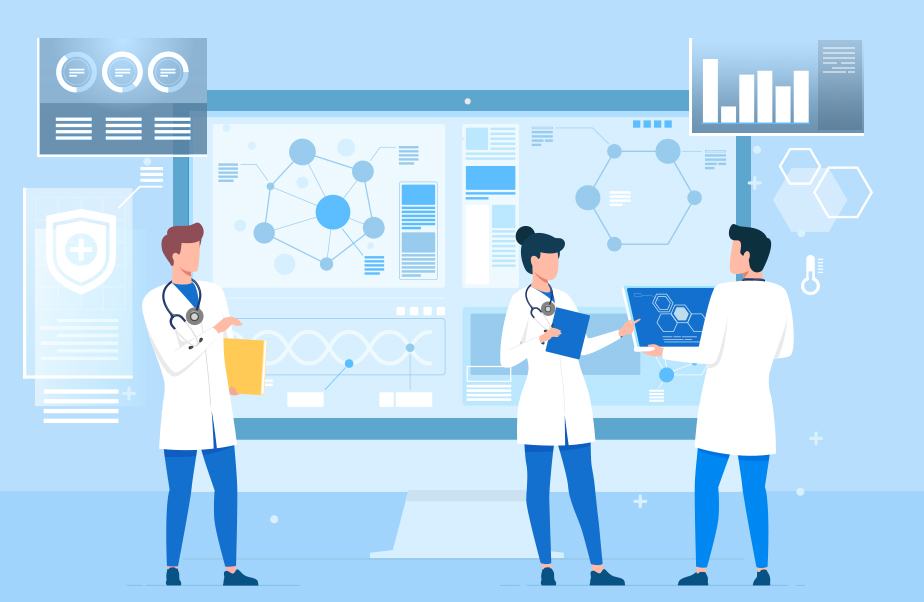Patient Rooming is the process where nurses greet and familiarize patients with their clinical surroundings before transitioning the responsibility of care to physicians or other health professionals. It is an integral part of the care journey as patients can address any pressing concerns before their doctor or specialist arrives. Despite this, many clinics fail to maximize the patient experience of the rooming process. Long wait times, inefficient use of staff, and the lack of centralized patient records are the primary issues that clinics face when rooming patients. Smart Rooming Checklists can prevent these issues by simplifying the rooming process for patients and nurses.
What are Smart Rooming Checklists?
Smart Rooming Checklists remind Medical Assistants to perform important tasks related to the Rooming of each patient. They contain three sections: Pre-Rooming, Rooming, and the Handoff. Pre-Rooming involves any preparation work that assistants must take part in before the patient arrives. Rooming is the most important section as it requires assistants to greet patients and address any concerns. Finally, the Handoff is when the assistant briefs the physician on any important information in relation to the patient. Each of these sections contains many subsections that detail individual tasks that the assistant is responsible for.
Pre-Rooming Preparation
The first section of the checklist is the Pre-Rooming preparation. This part involves any tasks that the medical assistant would need to perform before meeting with the patient. The medical assistant would start off by Reviewing the Patient’s Medical History. This helps the assistant understand their existing conditions and treatment plan. After this, assistants would review the patient’s recent test/screening results. To finish off the preparation, assistants would take note of any additional relevant information. This could include feedback from past visits. The objective of pre-visit preparation is for assistants to be proactive about the questions or concerns the patients may have. By planning for these in advance, assistants can save time and generate better responses while rooming the patient. Once this section of the checklist is complete, the assistant can approach the patient and begin the formal rooming process.
Rooming
The Rooming section is the most important portion of the checklist as it highlights the tasks that must be completed when interacting with the patient. To maximize rooming efficiency, assistants must ensure that the time from Patient Introduction to the Handoff is minimized without compromising on quality. Assistants can refer to their pre-visit research to streamline this process. Here are the common steps involved in Patient Rooming:
- Patient Introduction: Greet the patient in the waiting room and lead them to the appointment room. Ensure that you are engaging with the patient in a warm and welcoming fashion.
- Inquire About Appointment Objective: In a kind and compassionate manner, inquire about the patient’s objective of the appointment. Understand why they are there and what they seek to accomplish from the visit. Identify the most high-priority health concerns.
- Update Health Records: Add any new conditions or symptoms to the patient’s health record. Be sure that any recent tests or screenings have been indicated on the record.
- Address Patient Questions: Encourage patients to be open about any concerns they have about their treatment or condition. Inform the physician of any questions that are relevant to the appointment.
- Conduct Patient Screening: Screen the patient using standard protocol to determine any tests or procedures that they will need to undergo. Prepare the patient for any tests that the physician will be performing and if necessary provide them with the appropriate protective gear.
The Handoff
The Handoff occurs when the responsibility of care is transferred from the assistant to the physician. This occurs directly after the Rooming process is complete. Just before the handoff, assistants must take note of the most important takeaways from the Preparation and Rooming process. This can include reaction to treatment, recent test results, or any new concerns. They must then articulate this to the physician in a very direct and brief manner. Once the Handoff is complete, the rooming process is officially over.
Why are Checklists Important?
Smart Rooming checklists can help medical assistants perform their everyday activities in a more efficient manner. By tracking every step of the rooming process, assistants can make sure they don’t forget important tasks. Using this guide will also help them tend to patients faster, which in turn means the clinic can serve more patients and maximize revenue.
Talk to us to understand more about the advancements in the healthcare industry and we will guide you to achieve our common goal “Quality Care for All” seamlessly.










